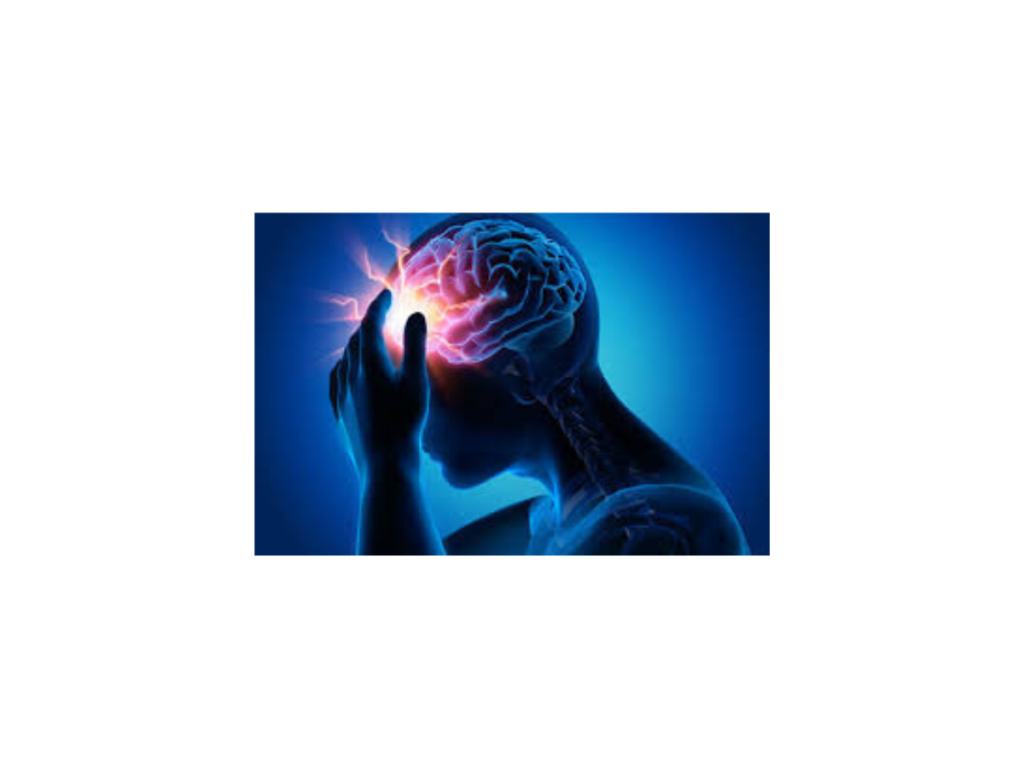Understanding what is Migraine?
Neurologists regard migraine as a complex condition due to chronic severity, affecting millions globally with intense, prolonged, and severe symptoms. This section shall explain Migraines causes, symptoms, and their treatment.
what is migraine?
Doctors diagnose migraines as a neurological disorder involving severe, unilateral pulsating pain lasting hours or days, often accompanied by nausea, vomiting, photosensitivity, and phonophobia.
Causes of Migraines
There is no known causes of migraines, but numerous factors are supposed to initiate this process of migraines onset.
Genetics: It is most of all caused by the family history. Thus, the cause is likely genetic predisposition.
Neurovascular Factors: The cause can also be related to changes within the brainstem. In fact, there, a shift could communicate this feeling of pain via the trigeminal nerve.
Hormonal Changes: One cause also could be the result of hormonal fluctuations. Such occurs, mostly for females, related to menstrual periods.
Environmental Triggers: Other causes include changing weather, strong smells, and bright lights.
Dietary Triggers: Some foods and beverages induce a migraine. They include ripened cheeses, processed meats, and caffeine. Migraine Symptoms There are four stages of a migraine attack, although not all are experienced by each sufferer:
Prodrome: This is one to two days before the headache, where there may be symptoms such as slight mood swings or neck stiffness as well as craves for some specific food.
Aura: Only a few people have a visual or sensory abnormality that leads the headache. Examples include the flashes of lights or blind spot, or neurologic symptom including
Paresthesias Headache: It is severe, throbbing; unilateral in location The ache is worsened with motion; nausea and sensitivity to both light and noise are frequent findings Postdrome: Relief from headache brings a feeling of lassitude of fatigue or perhaps a mild euphoria. Treatment Techniques for Migraines Acute These are the relief of symptoms during the attack of a migraine.
Over-the-Counter: These medications usually remove symptoms from mild to moderate attacks and comprise NSAIDs like ibuprofen and acetaminophen.
Doctors prescribe Triptans and Sumatriptan to patients diagnosed with moderate to severe migraines. The pharmacological action of triptans involves the constriction of blood vessel diameter and pathways of pain transduction in the brain. Anti-nausea Medications alleviate or decrease nausea and vomiting that often occurs during the migraine attacks. Preventive Treatments A genuine migraine sufferer will have other items other than medicines.
Other medications comprise beta-blockers, antidepressants and anticonvulsants that lower the frequency and intensity of an attack Lifestyle Changes: The vast majority of patients can avoid an attack with the help of sleep and stress management and avoidance of identified and potential cause-evoking factors Other Measures: Many scientists claim that it is possible to prevent with acupuncture, biofeedback and cognitive-behavioral therapy
Conclusion
It is, therefore, critical for a patient to understand what triggers, symptoms, and the treatment of migraines since it is debilitating and impacts millions. To seek treatment and counseling for migraines, one must consult a doctor or neurologist. Even though that is unthinkable, the migraine speed and its severity will wane over time and quality of life will also improve.
